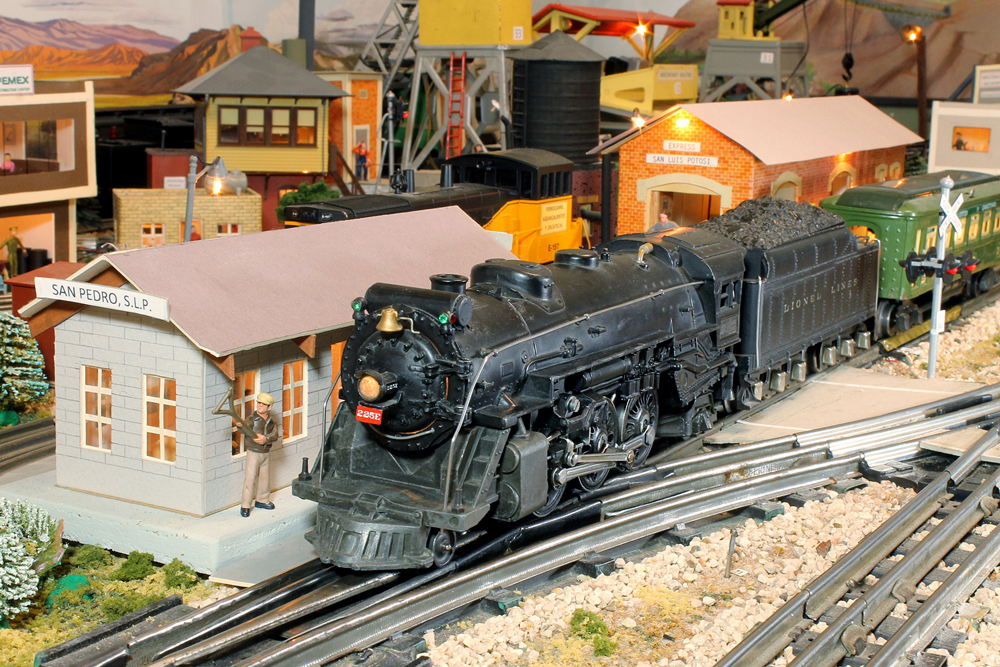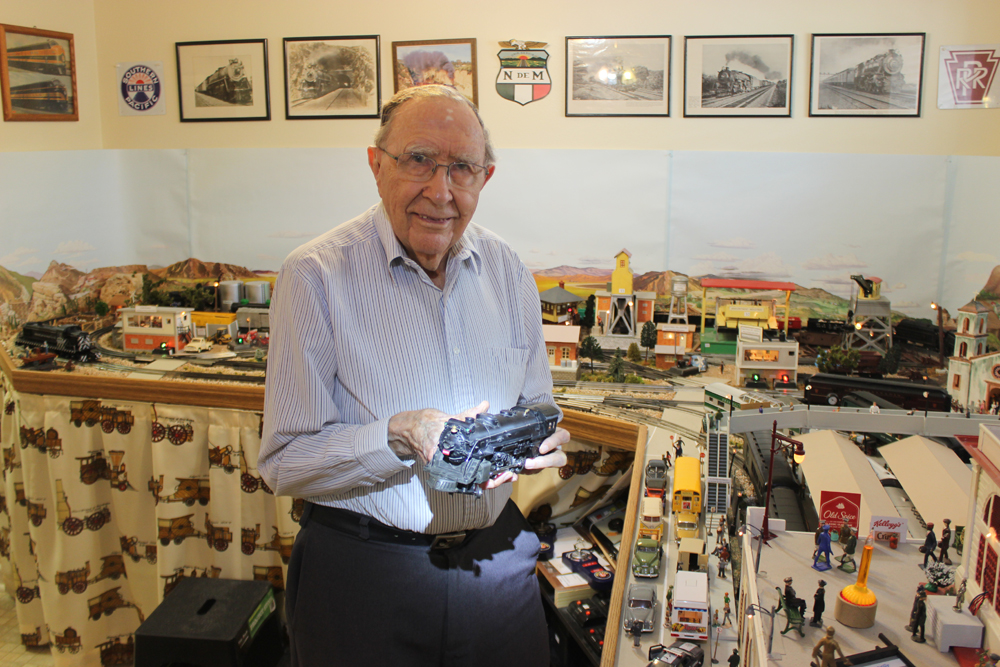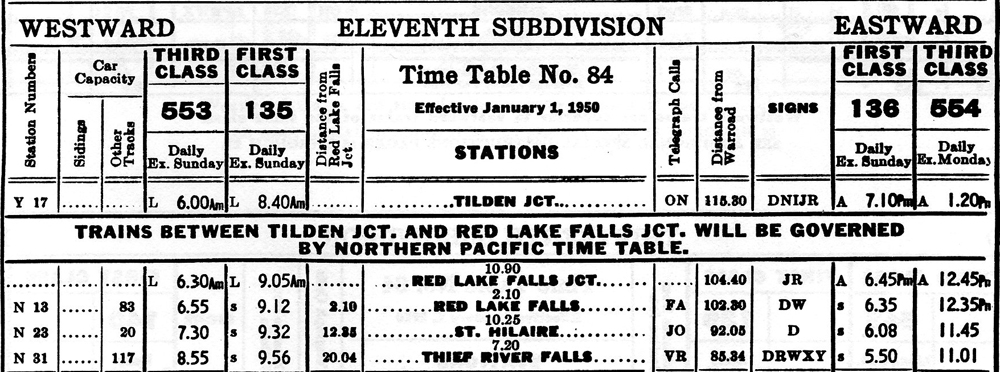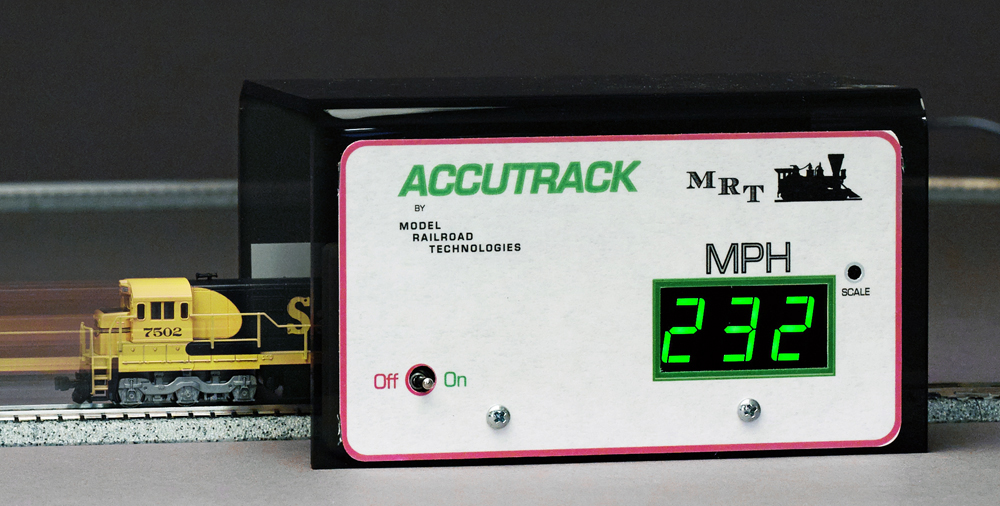I must have been 11 or 12 years old when I saw Lionel´s 1938 catalog. I turned to page 16 and saw locomotive 225E at the head of set No. 183E, a three-car freight train, and set No. 182E with three red passenger cars. I fell in love with the locomotive. It wasn’t the Baldwin disc drivers or the air compressors on the side that drew my attention, but rather the Elesco water heater on the brow of the boiler. Its distinctive look captivated me.
I did not think it would be possible for my parents to get it for me for Christmas. Each set was priced at $21.50 — today that’s about $450 — more than they could afford. However, that didn’t keep me from dreaming. I drooled over the pictures of the same locomotive leading sets in the 1940, 1941, and 1942 catalogs, and I found it even more attractive with its new 2235W tender.
When the Lionel catalog came out in 1943, I was disappointed not to find the locomotive, nor did it appear in any future catalog. One time a friend gave me his discarded Lionel trains, which included track, switches, assorted number 800 freight cars and locomotive 226E, but no 225E. I kept hoping someday to find one.
In 1965, while I was living in Nashville, I visited a man who had a small collection of Lionel trains. To my surprise, he had a 225E. I asked him if he would sell me the locomotive, but he could not part with it.
During the 1970s, I was living and working in Mexico City, and had contact with the Salvation Army. The person in charge of the children’s home learned that I was interested in trains and offered to sell me an American Flyer layout that had fallen into disrepair. I wasn’t interested but took a friend there, and he bought the layout.
Sometime later, the director of the home called me and said that a woman had given the children’s home a box of trains and asked if I would be interested in them. I drove there and the director handed me a small box. I pulled out 225E with its tender and three freight cars. I could hardly believe it!

I asked her how much she wanted for the set. She needed a used trumpet for the children’s band, and that would cost $25. I wrote out a check to her and went home. I put the train set on my layout, and it operated perfectly.
A purist would not add anything to the locomotive, but I have made cosmetic modifications to enhance its beauty. I noticed that the picture of the locomotive in the 1938 catalog showed a curved hand rail at the bottom of the boiler front, so I added that. I have always admired the beautiful PS4 Pacifics of the Southern Railway. They had the bell in front of the water heater, so I repositioned the bell and added numbers to the headlight. My son Daniel replaced the four-wheel trucks of the 2235W tender with six-wheel trucks off an old No. 2263 Vanderbilt tender.

This locomotive has given faithful service for more than 40 years. It runs hundreds of scale miles on all my layouts. Since both 225E and 226E run at the same speed, on occasion I have coupled 225E to 226E (to which I added a front coupler) and operate both locomotives as a double-header pulling a long passenger limited.













